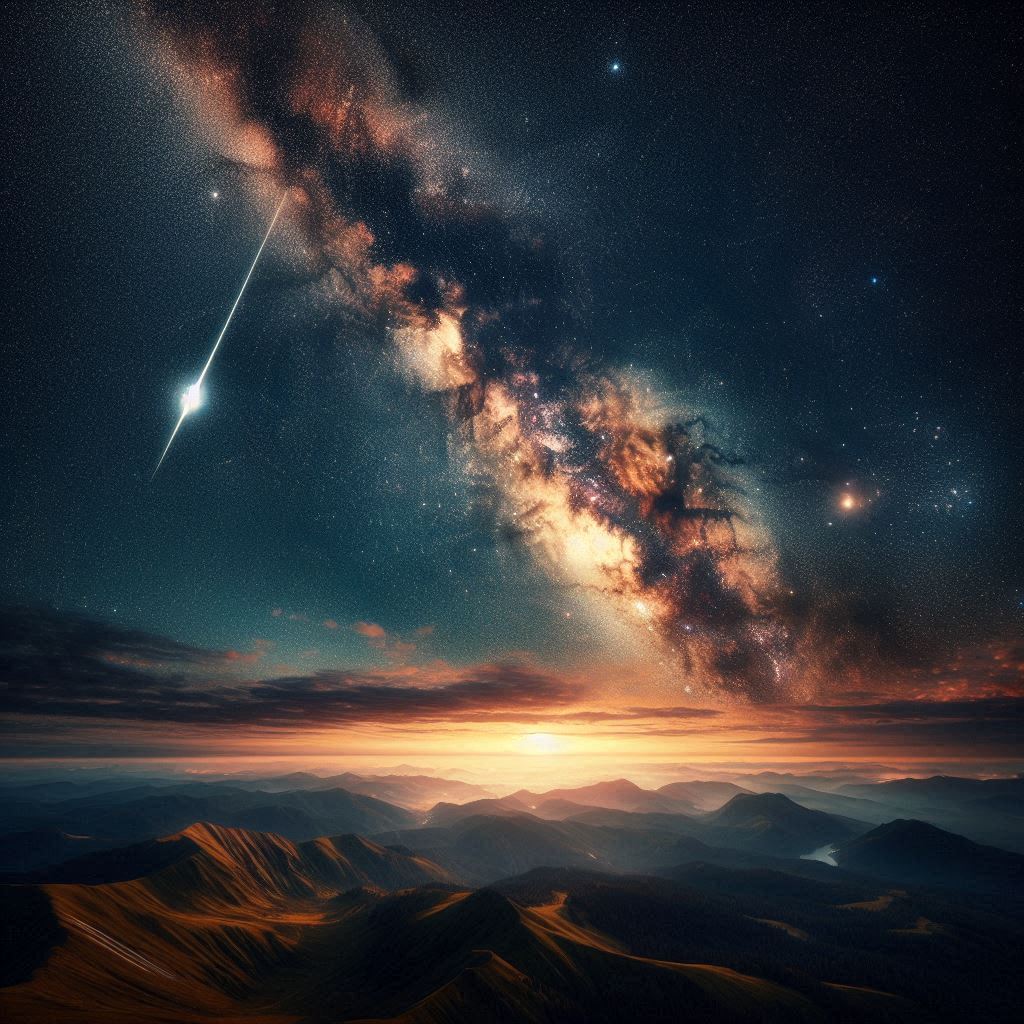The fabric of our universe is a fascinating, mysterious entity, known as spacetime. Albert Einstein’s theory of general relativity revolutionised our understanding of spacetime, showing that it is not just a passive stage on which events unfold, but an active player in the cosmos. Spacetime can curve, stretch, and even accelerate in response to the presence of matter and energy. Two seemingly contradictory observations about spacetime have puzzled scientists and sparked many questions: why does spacetime accelerate towards matter while the universe as a whole is accelerating outward, pushing galaxies away? Could there be a link between these two phenomena?
Spacetime and Matter: The Gravitational Attraction
The idea that spacetime accelerates towards matter is rooted in the concept of gravity. According to general relativity, massive objects like stars and planets cause spacetime to curve around them. This curvature is what we perceive as gravity. When a smaller object, like a spacecraft or a moon, moves through this curved spacetime, it experiences a force pulling it towards the massive object, causing it to accelerate.
This is why planets orbit stars and why galaxies cluster together. Spacetime is essentially telling objects how to move, and the presence of matter causes spacetime to “accelerate” or curve inward, drawing other matter towards it. This phenomenon can be observed in various contexts, from the bending of light around a star to the movement of galaxies within clusters.
The Expanding Universe: Dark Energy and the Cosmic Push
On the other hand, the universe is expanding, a discovery that was first made by Edwin Hubble in the early 20th century and later confirmed by the observation of distant supernovae in the late 1990s. This expansion is not slowing down; in fact, it is accelerating. The further away a galaxy is from us, the faster it appears to be moving away. This strange phenomenon suggests that some mysterious force, dubbed dark energy, is driving the acceleration of the universe’s expansion.
Dark energy is a form of energy that seems to permeate all of space, pushing the fabric of spacetime itself outward. Unlike gravity, which pulls matter together, dark energy works in the opposite direction, causing the large-scale structure of the universe to spread out over time.
The Possible Link: A Dynamic Spacetime
At first glance, these two phenomena—spacetime curving towards matter and the universe expanding outward—seem to be in direct opposition. However, there might be a deeper connection between them.
One possible link could lie in the dynamic nature of spacetime itself. In Einstein’s equations, spacetime is not static; it is constantly evolving in response to the matter and energy it contains. The presence of dark energy might be altering the way spacetime behaves on the largest scales, causing it to stretch and expand, while on smaller scales, the gravitational influence of matter causes spacetime to curve inward.
Some theorists propose that the accelerating expansion of the universe could be influencing the way spacetime behaves locally around massive objects. If dark energy is a property of spacetime itself, then its effects might be felt even in the curved regions of spacetime near galaxies and stars. This could mean that the same force that is driving galaxies apart is also subtly affecting the way spacetime curves around matter, though this connection is not yet fully understood.
Conclusion: A Unified Understanding of Spacetime
The relationship between the inward pull of gravity and the outward push of dark energy is one of the most profound mysteries in cosmology. Understanding this relationship might require a new theory of gravity or a deeper understanding of dark energy.
As we continue to explore the cosmos, with telescopes probing the farthest reaches of the universe and experiments on Earth searching for evidence of dark energy, we might one day uncover the true nature of spacetime and its complex, dynamic relationship with the matter and energy it contains.
Until then, the paradox of spacetime remains a tantalizing puzzle, hinting at the interconnectedness of all things in our universe, from the smallest particles to the vast cosmic structures. The journey to unravel this mystery continues, promising to reshape our understanding of the very fabric of reality.
